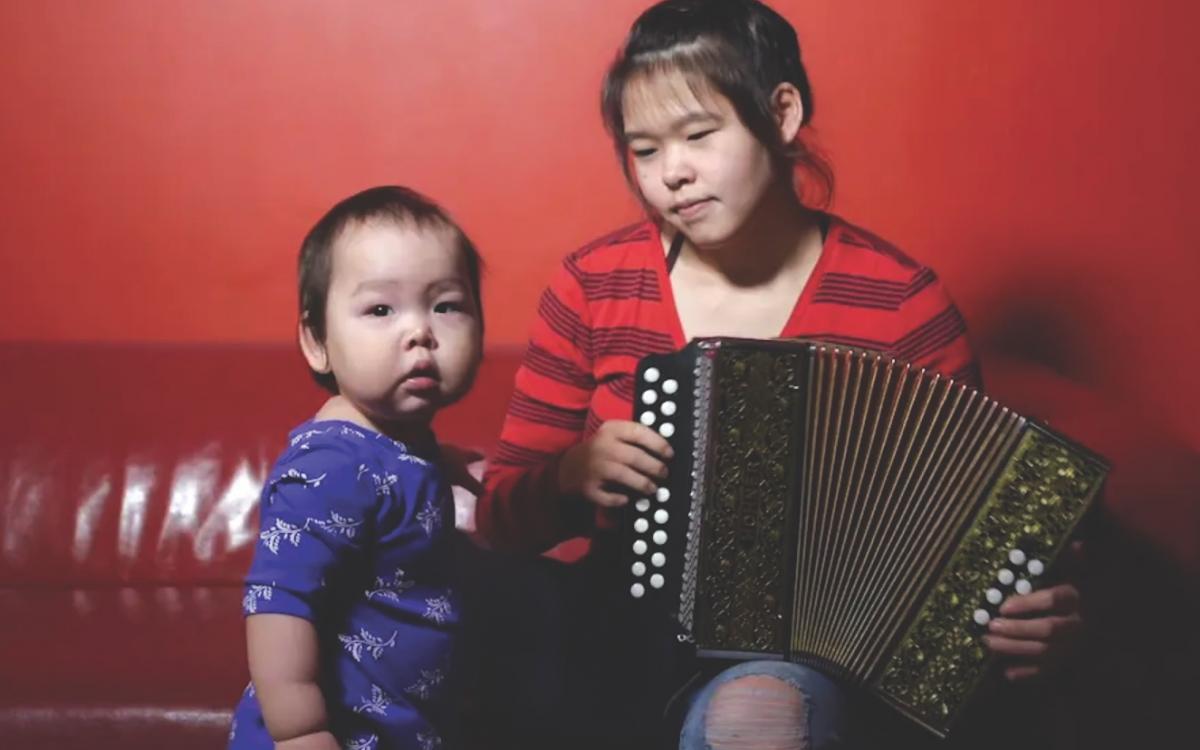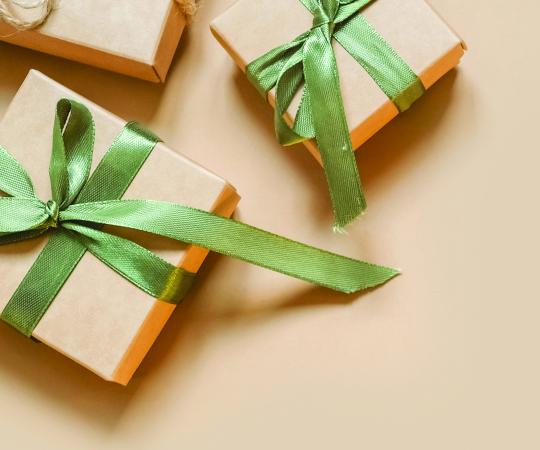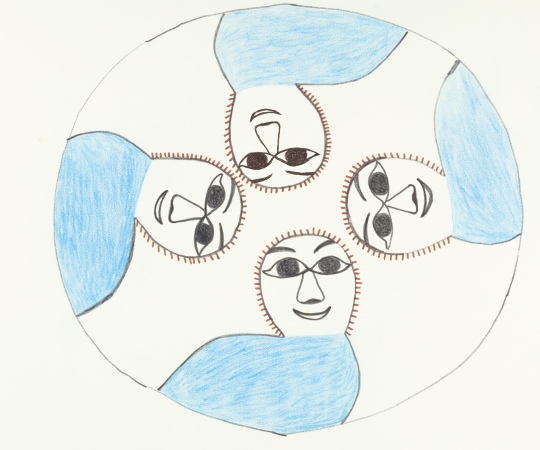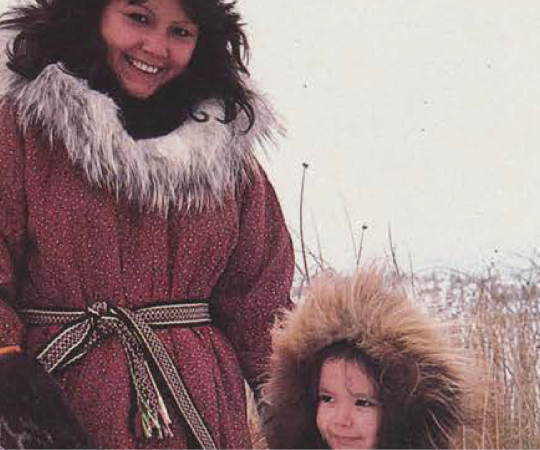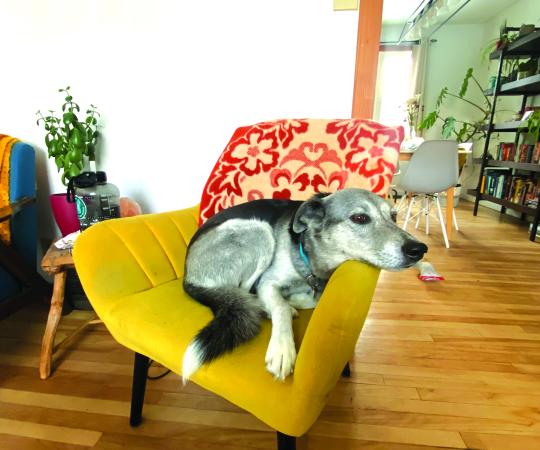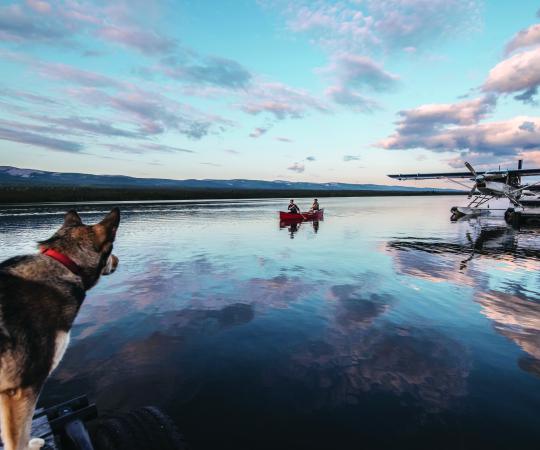When you think of music in the Arctic, the button accordion isn’t always the first instrument that comes to mind. But at community gatherings, it’s not unusual to find an accordion in the mix. Introduced in the 1800s by whalers who shared their musical tastes with local Inuit, the accordion remained up North long after the whalers returned to home bases in the United States and Scotland. In the century after the whalers left, when people picked up their feet to square dance, the accordion helped set the beat.
This tradition survived the 19th and 20th century and by the late 1970s button accordions were often for sale at remote Hudson’s Bay Company stores. Today button accordions can be found across the Inuit music scene, and are played by respected elders like Simeonie Keenainak and modern indie bands like The Jerry Cans, which features accordionist Avery Keenainak. And interest among new players is growing.
Naiome Eegeesiak, a volunteer with the Iqaluit Music Society—which hosts programs like the Accordion Club and Iqaluit Summer Music Camp—teaches the fiddle and accordion, in addition to her role as the society’s secretary. During her lessons, where she mostly works with youth, Eegeesiak has seen an increase in people’s desire to play the accordion. “Once they see there’s a teacher, they want to learn.…
I had a waitlist this year for the program, so [interest is] definitely increasing.”
There are plenty of reasons students might want to learn the instrument, from curious interest to chance encounters. One former student, Mary Itorcheak, was almost fated to play. Her namesake, Mary Peter, was an accordionist in her own right. When Itorcheak was a little girl, her namesake’s instrument was handed down to her.
With an accordion at home and her unique connection to the instrument, Itorcheak decided to try to learn accordion at age 13. Then she couldn’t stop. Now age 20, Itorcheak has since become an occasional teacher herself. She’s also played at events like Alianait Music Festival and Pangnirtung Music Festival, in addition to gigs around Iqaluit.
Sometimes, the pull to play accordion is almost literal for Itorcheak. “There was this one incident where it’s actually kind of really funny,” she says. “My grandma and I went to visit one of her friends, and [when] we got there, my fingers started tingling and I had the urge to play. I was like, ‘yeah, my namesake wants to play accordion.’ So I made up an excuse, saying I have to go do homework, and I went home… I can’t really explain what I was feeling at the time, because I don’t usually have an urge to play like that.”
Itorcheak has performed in a number of settings, but her favourite memory is at a classic square dance. In 2019, Itorcheak played accordion for the Iqaluit Christmas Games, which is an annual series of community events. Itorcheak had never played in that setting before and was nervous, but “seeing the dancers dance while I played was one of the best moments of my life... Once I started playing, I couldn’t stop enjoying seeing what I was seeing.” It’s a feeling that words can’t capture, Itorcheak says.
These dances, and their use of accordion, are a tradition Eegeesiak doesn’t see fading anytime soon. “For as long as I can remember, there’s always been square dances,” she says. “There’s not much to do up here, especially in the dark winter months, so playing music and dancing is a way of passing time. And it’s fun.”
These events also offer the chance to learn new tunes. Eegeesiak, for example, will keep an ear out for songs she doesn’t know. Then she’ll record the song and teach herself how to play it based on what she hears. “People just listen to the music and try to play it, but there’s not really any books or anything yet,” Eegeesiak says. Once she’s taught herself the tune, Eegeesiak will pass that knowledge on to whoever wants to learn.
Songs might change a little in translation, but that’s all part of the process. Every player has their own style and way of playing—which also means, as songs are passed from one generation of players to the next, a tune can gradually change over time.
“Let’s say, for example, we’re playing the game telephone,” says Itorcheak. “A person says something, and you have to say what they said to the next person. When it reaches the end, it is something along those lines, but it’s a little different. I feel like that’s how it is with the music with accordion. I’ve listened to a tune from how it was played many years ago to how it is played now, [and] it’s a little different, but that’s okay. Every musician has their own way of playing the music. It’s still very beautiful, no matter how you play it.”
The connection endures, even as the tune takes on a new spin. When it comes to accordion in the Arctic, the past is never forgotten.

